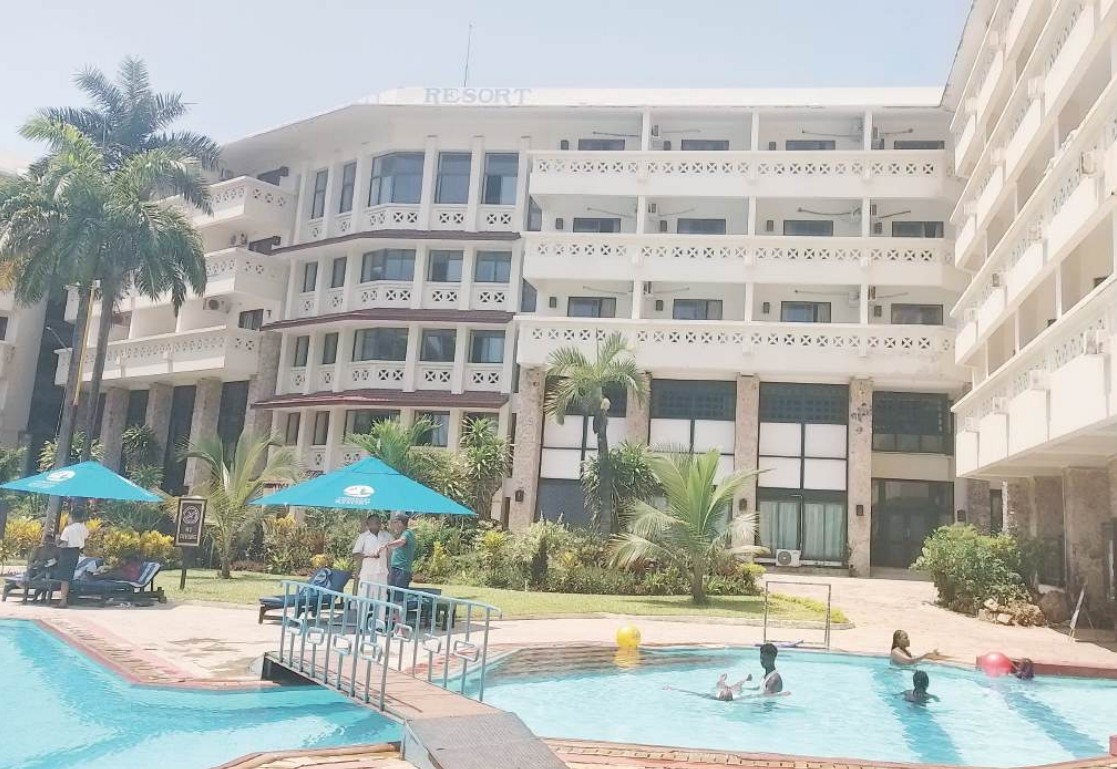Shella sand dunes / HANDOUT

AAK Coast branch chairman Dancan Odhiambo / BRIAN
OTIENO
Architects in the Coast region have joined calls to protect Shella’s sand dunes on Lamu Island from what they describe as growing encroachment that could endanger the fragile ecosystem.
They caution that continued development in the wetlands area could have devastating ecological and cultural consequences.
The dunes, a vast stretch of rolling sand hills, serve as more than a scenic landmark.
They form a natural barrier against ocean winds and tidal surges and, critically, protect Lamu’s only source of fresh water, which lies underground beneath the dunes.
Experts have expressed concern that ongoing human activity near the catchment could strain the island’s limited freshwater reserves.
Architectural Association of Kenya (AAK) Coast Branch Chairperson Dancan Odhiambo warned that continued degradation of the dunes could eventually lead to Lamu’s delisting as a UNESCO World Heritage Site.
“Unregulated construction and environmental degradation threaten both Lamu’s heritage status and its critical groundwater reserves,” Odhiambo said.
He urged national and county authorities to enforce existing protection laws, restore the dunes, and safeguard the island’s delicate balance of culture, ecology, and community.
Stretching more than 12 kilometres and covering about 2,400 acres, the Shella catchment was declared a protected site in 2002 under the Antiquities and Monuments Act.
This followed its gazettement as a National Monument in 1986 and its UNESCO World Heritage designation in 2001.
Despite these protections, environmental groups have reported continued land use within restricted zones.
Environmental experts warn that if the trend continues, the island could face severe water shortages in the future.
“Without urgent intervention, the freshwater source that sustains the island could be compromised,” said Mohammed Zubeir, chairperson of the Centre for Water Governance.
UNESCO has also raised concern, noting that Lamu’s 700 years of continuous habitation have depended on the dunes’ freshwater reserves.
“Recent activities near the dunes pose a risk to this vital source,” the agency said on its website.
Earlier this month, the Water Resources Board toured the Shella dunes and directed that any developments found within the protected wetlands be removed in line with existing conservation laws.
For residents of Lamu, the campaign to save Shella represents not only an environmental effort but also a fight to preserve their heritage, identity, and way of life.












